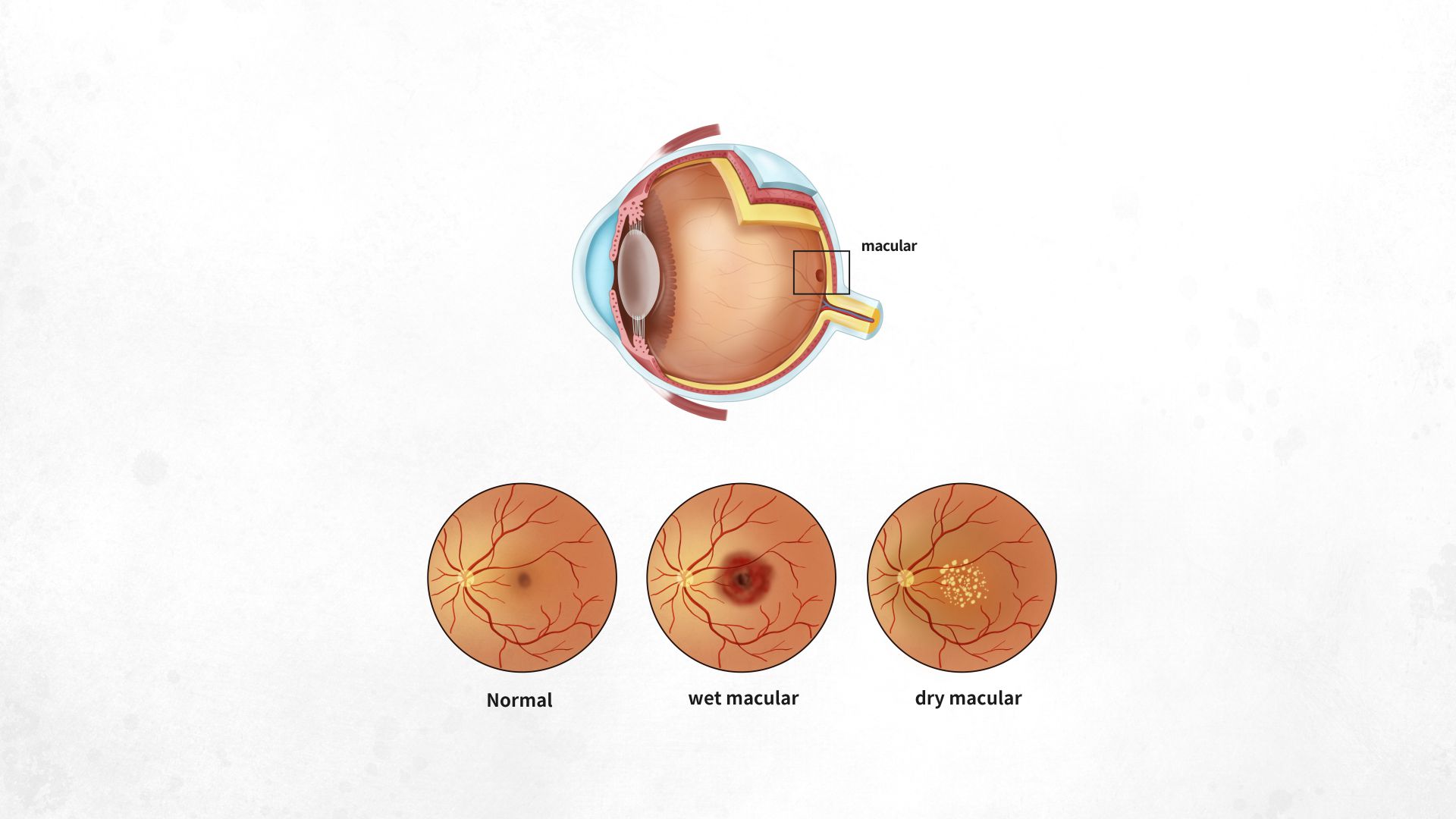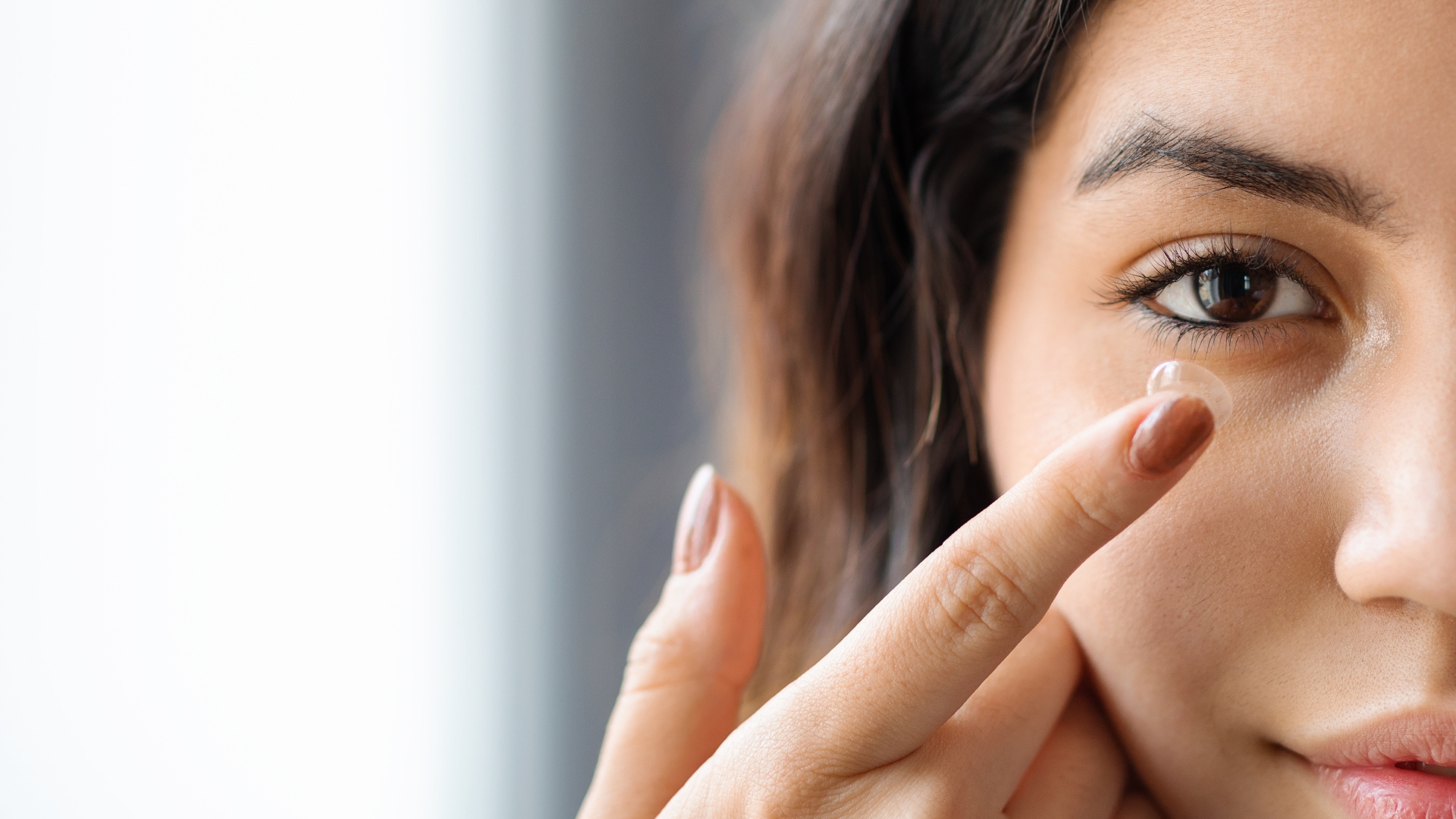Macular Degeneration is often associated with ageing. Hence, it is also known as age-related macular degeneration. So, it affects your macula, the central part of your retina. In this condition, you’ll lose your central vision while maintaining good peripheral vision.
For example, if you look at a clock, you will see its numbers but not its hands. The condition is seen in those aged 50 & above. It affects the younger population, too, due to several factors.
Risk factors:
There can be other risk factors, such as
- Genetics
- High blood pressure
- Smoking
- Obesity
- Consumption of a diet high in saturated fats
- Ethnicity may affect
Stages:
There are three stages through which this condition passes.
- Early: Your macula changes without affecting your vision.
- Middle: Blurry or wavy vision.
- Advanced: Total failure of central vision.
Types:
There are two types of macular degeneration.
- Dry macular degeneration: It comprises most of the cases in this condition. Here, parts of your macula get thinner with age and tiny clumps of protein ‘Drusen’ grow. So, you may have pigment abnormalities or geographic atrophy.
- Wet macular degeneration: Though less common, it’s the most serious. Here, abnormal blood vessels grow under the retina and leak blood or other fluids, scarring the macula. So, in this case, you lose vision faster.
Symptoms:
- Blurry & low vision
- Dark spots in vision
- Less visibility in low light
- Straight lines appear curvy or wavy
- Changes in the way you see colours
Diagnosis:
The following diagnosis methods help detect the condition.
- Pupil dilation: Your eye specialist examines your retina by widening your pupils using eye drops.
- Visual acuity test: This is the common eye chart test your eye specialist will perform to measure your vision at various distances.
- Amsler grid: It detects wet macular degeneration using a checkerboard-like grid. It checks if the straight lines in the pattern appear wavy or absent to the patient.
- Fluorescein angiography: It detects wet macular degeneration using a special dye injection into the vein in your arm. Hence, as the dye passes through the veins, images taken help your eye specialist determine if the blood vessels are leaking and if treatment is possible or not.
Treatment:
As of now, there is no treatment for dry macular degeneration. Therefore, low-vision devices and visual rehabilitation programs can help develop new visual skills to adjust to the condition.
In the case of wet macular degeneration, anti-VEGF medications help. It stands for vascular endothelial growth factor. So, these medications reduce the damaging effects of leaky abnormal blood vessels. Also they may also stabilise vision in many patients.
How to lower the risk:
You can make healthy choices such as engaging in regular physical activity, avoiding smoking, eating a healthy diet, and maintaining healthy BP and cholesterol levels.
So, your choices can make a difference to your condition, though it may not be completely curable. Hence, make sure you undergo regular eye checkups and take preventive measures to maintain good eyesight.
Sharat Maxivision is the best eye hospital in Warangal. Hence, if you feel that you may have symptoms of macular degeneration, please feel free to consult our expert eye specialists.

